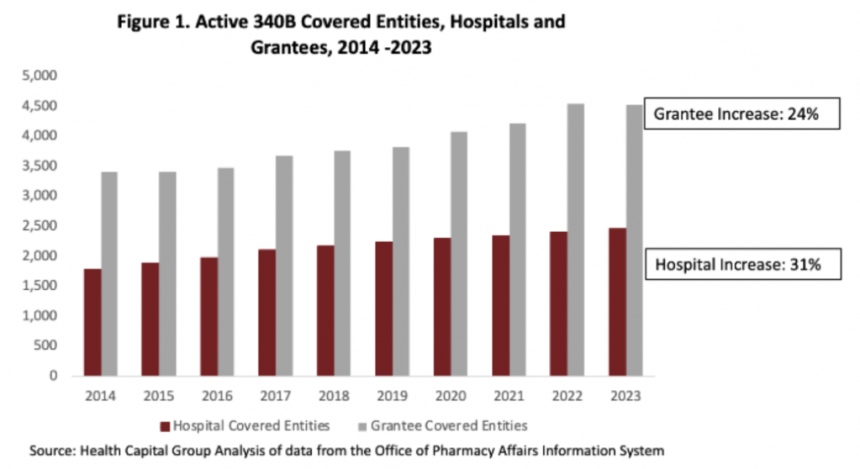The 340B Drug Pricing Program aims to assist healthcare providers serving vulnerable populations by offering discounted outpatient drugs. Introduced in 1992, this program mandates pharmaceutical manufacturers to provide medications at reduced prices to eligible hospitals, clinics, and health centers. The resulting savings enable these entities to enhance services, reach more patients, and offer additional programs without taxpayer funding. While the program was initially limited to underserved populations, its expansion in recent years has led to an increase in Medicaid spending associated with 340B participation. Market consolidation and prescribing trends may contribute to higher costs, impacting overall Medicaid spending. For more details, read Neal Masia’s comprehensive analysis here.


An analysis by Masia indicates that the growth in 340B participation has led to a $32 billion increase in Medicaid spending annually, potentially accounting for 10% of total Medicaid expenditures. This cost escalation could stem from factors such as market dynamics, site of care preferences, and drug selection practices among 340B entities. The preference for branded drugs over generics might contribute to increased costs for payers compared to the discounts received by covered entities.





